MedievalReporter.com
Covering history's most marvelous millennium
Join our newsletter!

Covering history's most marvelous millennium
Covering history's most marvelous millennium
The Leonese were the inhabitants of the Kingdom of León. They were among the first to take up arms against the muslim conquest of the Iberian peninsula. The kingdom rose to great heights and became one of the primary powers in the area.
Their success caught up with the Leonese when a certain “breakaway region” started to overshadow and incorporate León into an even greater realm.
This is a short intro from our Medieval Guidebook. Dive deeper into the subject by reading our articles about it.
The Kingdom of León was located in the north of modern Spain. But Spain as a country didn’t exist yet during the Middle Ages. The Iberian peninsula was a patchwork of many different states and León was one of them.
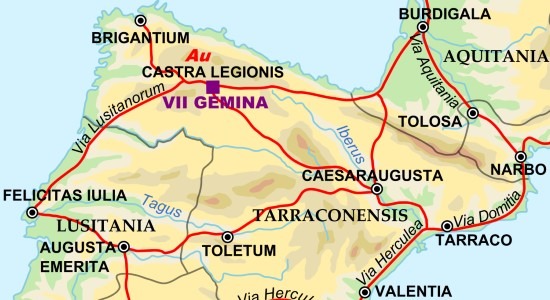
The region witnessed a lot of invasions during Late Antiquity and the Early Middle Ages. As the Western Roman Empire came down, Germanic tribes such as the Vandals and the Suebi crossed through the area. Ultimately, the Visigoths took control over the entire peninsula. They enjoyed this power for nearly a century, when a new threat made itself known across the Strait of Gibraltar: Islam. The muslims (or Moors) attacked the Visigothic Kingdom and conquered it whole in 718 CE.
However, within a few years, a resistance movement was gaining force in the mountains of the north. A Visigothic nobleman gathered a band of soldiers, defeated an Islamic army by using favorable terrain and subsequently founded the Kingdom of Asturias. The Reconquista - the centuries-long christian campaign to drive the Moors out of “Spain” - is often said to have started with this Asturian victory over the muslims.
But the kings of Asturias often made peace with Islam in order to be able to fight other enemies, such as the christian Galicians. Additionally, roughly ten years after Asturias’s foundation, Islamic armies had already crossed the Pyrenees and were threatening the Frankish realm. They would never have sought such a major conflict if the kingdom of Asturias had been a major threat in their rear.
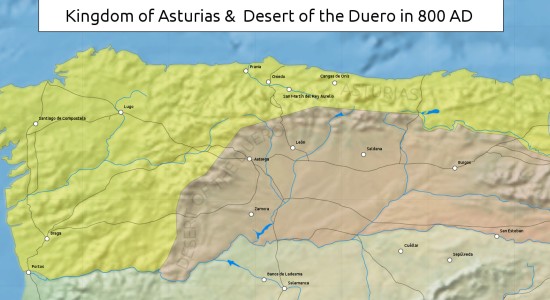
So, were the Leonese actually Asturians? Kind of.
In 910 CE, three Asturian princes forced their father - the king - to abdicate. They divided the kingdom amongst themselves. Asturias consisted of the territory that had liberated itself from the muslims two centuries earlier, but by then also controlled Galicia and León. A neat division ensued: one son became king of Galicia, another king of León and the third king of (the ancient core of) Asturias. Things swiftly went south, however, as one of the three died within a few years.
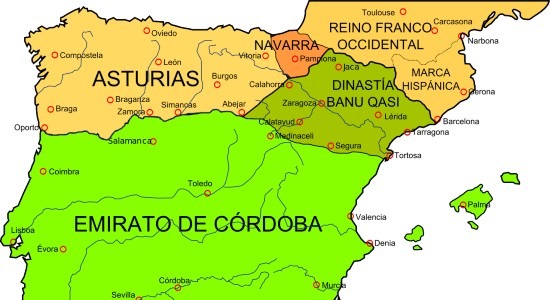
A complicated succession struggle broke out. But rather rapidly, León simply managed to (re)absorb Galicia and Asturias. The scheme of the princes was quickly undone as León stitched the kingdom of old back together. But power and influence had shifted to León by now. It became the center of the reborn Asturian state, which was henceforth called the Kingdom of León.
The new line of kings took its Reconquista mission seriously. Leonese armies attacked Seville and Córdoba, the very heart of muslim might in Spain. They couldn’t hold on to the territory, though. Instead, León focused on consolidating the northwest of the Iberian peninsula as its power base. This took great effort, as the Leonese were not only under attack from the muslims, but also had to deal with Viking raids and a new enemy: Castile.
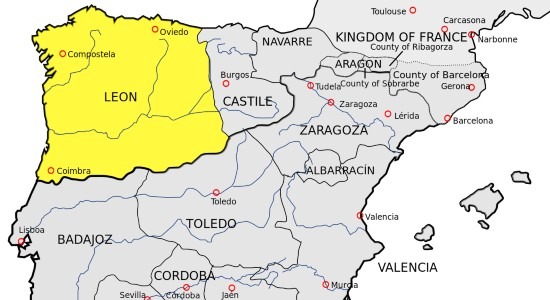
- advertisement -
- article continues below -
Besides attempting to annex Islamic territory, León also expanded eastward and founded the County of Burgos. During a campaign targeting muslim lands even further east, the king of León called upon the county for assistance but it refused to help. As the king was subsequently beaten, he blamed the embarrassment on the disobedience of Burgos and had its count imprisoned. This created the first bad blood between the county and León. A later count formally seceded from the Leonese kingdom in the 930s and - on account of its many castles - called his newly independent realm the County of Castile.

Further illustrating the complicated politics of Reconquista Spain, the Castilians frequently allied with the Caliphate against León. But the Leonese were still the greatest of the christian realms on the peninsula. The more powerful of the kings of León managed to subject Castile again and again. But when the kingdom experienced weakness, the Castilians seized the opportunity and declared independence as soon as they could. This unstable situation continued for multiple decades, but Castile grew regardless: it became a kingdom in its own right in 1065.
The christian kings in Spain were all related, however. So when the king of Castile conquered León, the defeated king of León - who was his brother - had him murdered and claimed both kingdoms back straightaway. He became the greatest king León ever had: Alfonso VI “the Brave”. He ruled over Galicia and Portugal as well, he wrestled Toledo - the old Visigothic capital - from muslim control, and he became Emperor of Spain - a much sought-after title.
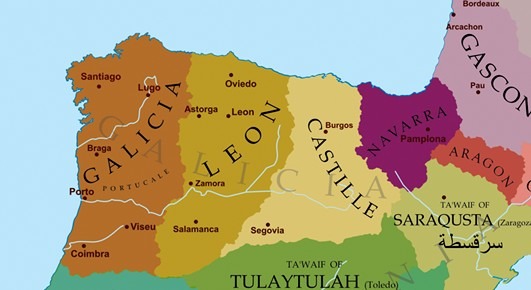
In 1157, León and Castile parted ways again. They were reunited in 1230, but this time Castile was clearly the superior party. Just like power had shifted from Asturias to León after a period of division, now the Castilians wielded more influence and controlled more territory than the Leonese.
As a result, the Crown of Castile was created, combining the kingdoms of León and Castile under one flag. For a long time, its banner was still the Leonese lion but its language became Castilian. The Leonese resisted this power transition for centuries, though: León had its own laws, parliament, and coinage well into the Early Modern Era.
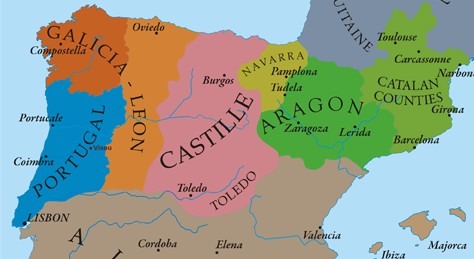
Disclosure: we work hard to provide you with exclusive medieval reports and guides. To make the Middle Ages accessible to everybody, we’d like this information to remain FREE. Therefore, some of the links below are affiliate links, meaning – at no additional cost to you – we will earn a small compensation if you click through.
Featured Image Credit: Heralder (Wikimedia)
Grab a short intro on another civilization from our Medieval Guidebook.